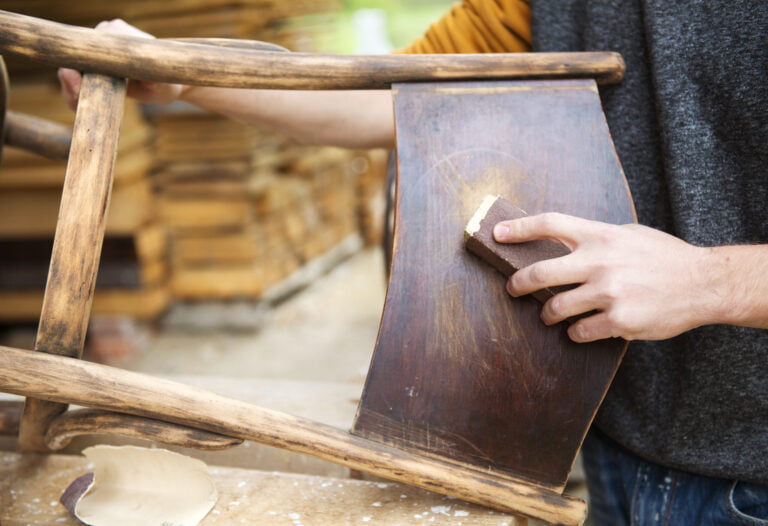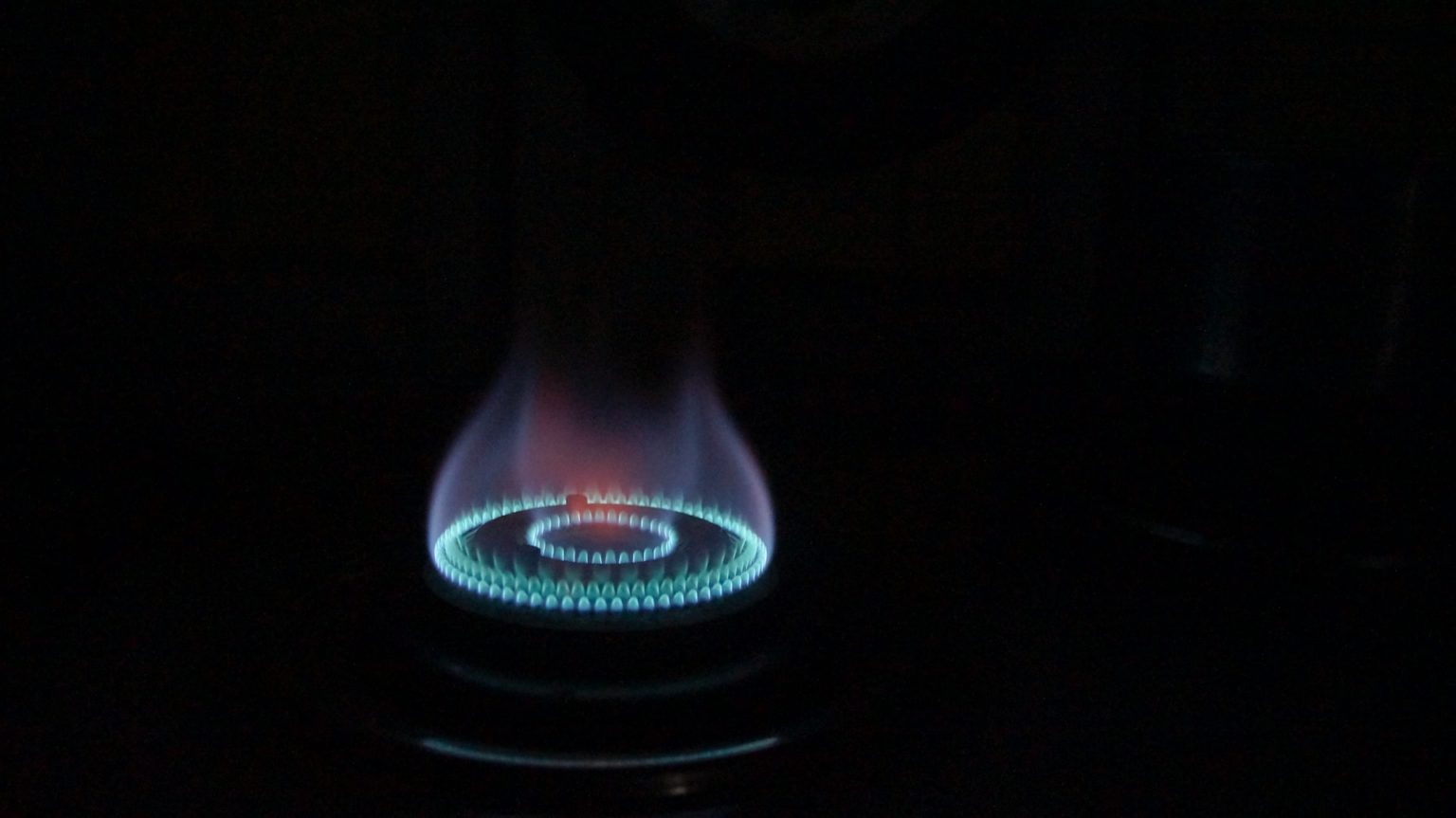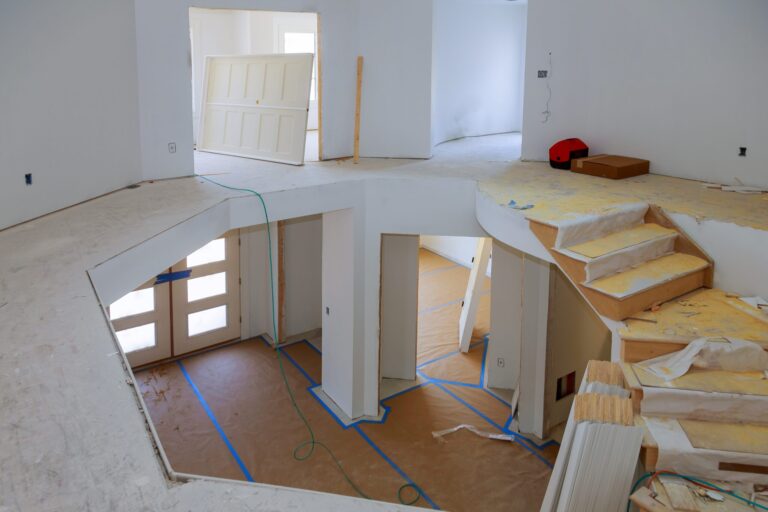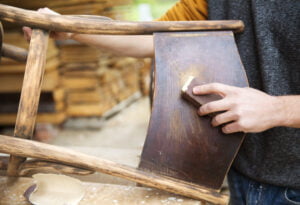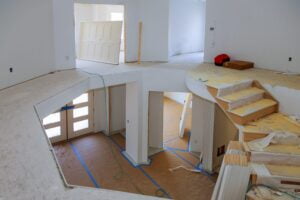At some point in your life, you’ve probably heard about the dangers of carbon monoxide in your house and even your car in some cases. Carbon monoxide is one of the most deadly gases due to its odorless and colorless properties.
Whether you are a homeowner or not, it’s important to understand the dangers of carbon monoxide leaks and how you can prevent a serious accident from occurring. We are going to go over some of the most important things you need to know about carbon monoxide and how you can prevent a potentially fatal situation.
1. Carbon monoxide leaks can be found in several places.

Carbon monoxide is found in several appliances, engines, and places you probably are unaware of. Carbon monoxide is found in fumes that are produced any time you burn fuel in stoves, trucks, cars, small engines, furnaces, gas ranges, lanterns, grills, fireplaces, or gas ranges. If there’s a potential leak, the space surrounding the leak, such as a home or car, can build up with carbon monoxide and be deadly to those within the enclosed area. Since carbon monoxide is a colorless and odorless gas, most people who encounter a leak have no idea what’s going on. That’s why an illness related to carbon monoxide poisoning can be fatal.
Many people don’t realize there is a risk for carbon monoxide poisoning in some situations, such as cars or other vehicles with small engines. It is more widely known that carbon monoxide comes from a gas furnace because that’s how most people encounter the potential poisoning.
2. The symptoms of carbon monoxide poisoning aren’t always straight forward.
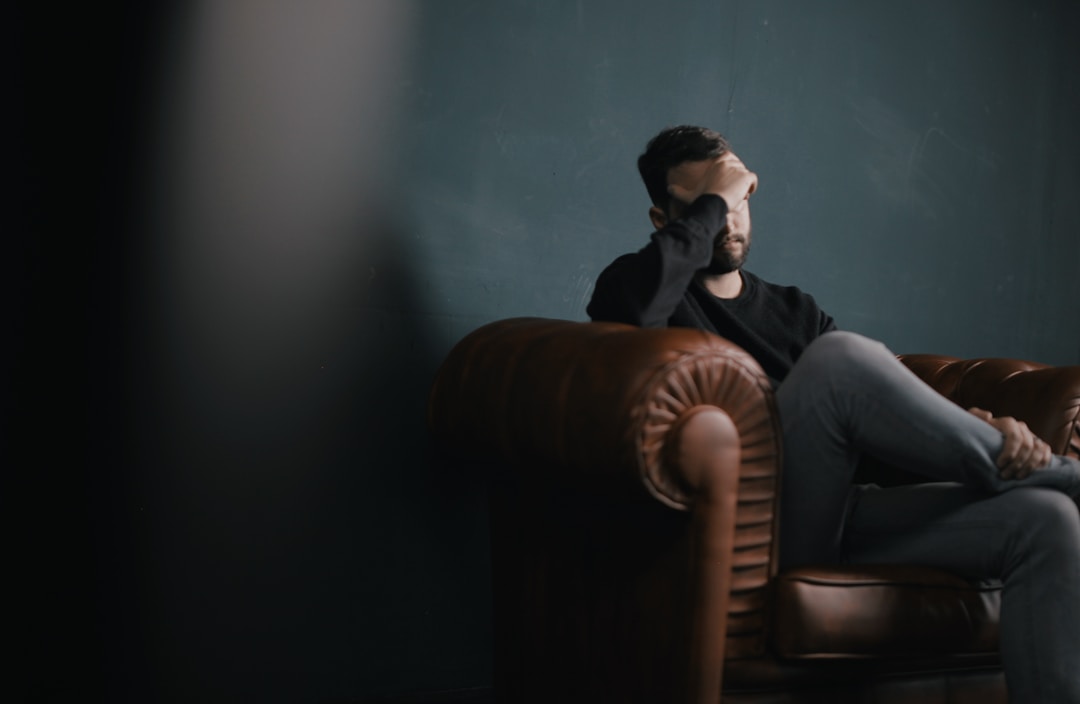
There are several physical symptoms a person might experience when they have carbon monoxide poisoning. Depending on how big the leak is and how enclosed space is, a person might feel extremely quick within a matter of minutes, or it could take much longer for symptoms to become present.
The most common symptoms of carbon monoxide poisoning a person might experience is a headache, dizziness, weakness, unconsciousness, stomach pains, chronic fatigue, chest pain, and confusion. Some people who have experienced the symptoms also describe a feeling that is flu-like.
If a large amount of carbon monoxide is inhaled at once, it will likely cause you to pass out or kill you instantly. While it might be tempting to go with natural treatment options for a chronic illness, such as herbs or supplements, it’s important to seek professional medical attention and intervention immediately if you think you might be a victim of carbon monoxide poisoning.
3. Carbon monoxide poisoning in your home is preventable with these steps.
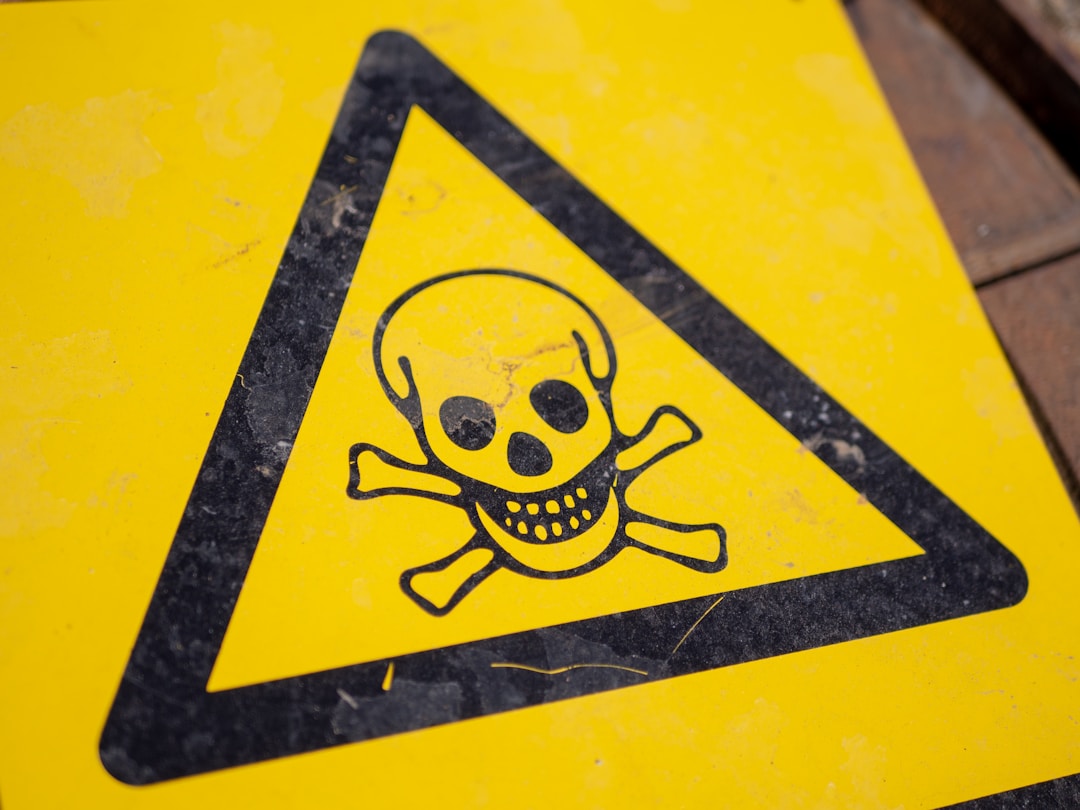
The first thing you should do to prevent carbon monoxide leaks in your home is to have your furnace or any other gas appliance checked and maintained on a regular basis. Older units will be much more likely to cause leaks of high concentration, so reach out to the company that installed your furnace or gas appliance and see if they can check out the unit to ensure it’s working efficiently.
The second thing you should do is buy a carbon monoxide alarm, or several, for your home. Because carbon monoxide stays low on the ground if there’s a leak, be sure to install the detectors near the ground and around gas-run units. Also, make sure to change the batteries regularly and test them to ensure they’re working properly.
4. Carbon monoxide research continues in efforts to provide education and safety to everyone.
Carbon monoxide isn’t a new idea to safety personnel such as firefighters and paramedics, but as research continues there’s still so much education to go around about the potentially deadly gas. The more we are educated about its prevalence and fatal properties, the more lives we can save.


